Indiana Seedling Program Helps Reestablish 3,850 Acres of Forest a Year

Every year, officials assess needed tree species, which determines in part the species featured in the Indiana Department of Natural Resources annual seed buy program. Photo credit: Nathan Lambrecht
An Indiana Department of Natural Resources program is planting the seeds of forest conservation in Indiana – literally.
The DNR tree seedling nurseries program grows and distributes trees and shrubs throughout the state used for timber, windbreaks, wildlife food and habitat, watershed and soil protection, and more.
“Conservation tree planting is one of our oldest and best-supported forest stewardship programs, and the great work accomplished by our state tree nurseries is instrumental in that effort,” says John Seifert, Indiana Department of Forestry director.

Photo credit: Nathan Lambrecht
Indiana has two state tree nurseries, Vallonia and Jasper-Pulaski. The state nursery program began at the turn of the 20th century, but it didn’t acquire Vallonia, a former federal nursery, until the 1960s. Acreage for Jasper-Pulaski was allocated from a state fish and wildlife conservation area of the same name.
While all seedlings are grown at Vallonia, Jasper-Pulaski collects seeds and distributes seedlings to customers in northern Indiana.
“Indiana is a relatively small state, so it has one planting zone that traverses it,” says Rob Winks, Vallonia Nursery property manager.
Growing the Future

Rob Winks, Vallonia Nursery property manager, operates a tree seeding machine. Photo credit: Nathan Lambrecht
Every year, officials assess needed species, which determines in part the species featured in the annual seed buy program. However, not all trees produce seeds annually, Winks says.
“We schedule a seed meeting in July, where we provide public information about which species and quantity of seeds we need. That meeting is an opportunity for people to come and ask questions and to get the paperwork started so they can participate in the seed buy program,” he continues.

Photo credit: Nathan Lambrecht
Collectors typically search for seeds that have fallen on golf courses, in parks, cemeteries and other places where lawns are kept because harvesting seeds from grass is easier than harvesting them from forests.
The time of year seeds mature determines collection dates, Winks says. For example, most seeds are collected in September and October, but seeds of some species mature by July.
Seeds are accepted at the state nurseries from 8 a.m. to noon each day during the designated collection period.
“We weigh the seed and perform statistical analysis to determine good seed per pound. We cut the seed in half to make sure the seed coat is filled and healthy and that there are no worms or other problems,” Wink says. “Good seed per pound is how we pay collectors, so it’s in their best interest and ours for them to bring us healthy, viable seed.”
The seeds must also be separated by lot.
“We don’t want red oak and white oak seeds mixed together, for example, because we want to plant each species or variety individually,” he says.
The reason is twofold. Different species or varieties may have slightly different growing conditions or times, and the nursery wants buyers to receive the specific seedlings they order.
But a diverse genetic mix of the viable seeds for each species is planted together, so good seeds from all across the state are planted in the same field.
“We plant as much as we can in the fall, but the seeds for some trees, like red and black oak, don’t germinate until spring,” Winks says. “For species with a high volume, like white oak, we’ll plant 6,000 to 7,000 pounds of acorns.”
See more: 4 Petunia Pointers From an Indiana Grower
Conservation Investment

Photo credit: Nathan Lambrecht
Learn More
For more information about the Indiana tree nursery program, go online to in.gov/dnr/forestry/tree-seedling-nurseries or call Vallonia Nursery at 812-358-3621 or Jasper-Pulaski Nursery at 219-843-4827.
Most seedlings are sold as 1-year-old plants, but some, like conifers, take two to three years until they grow tall and hearty enough for sale.
“We work hard to grow quality seedlings that will survive once they’re planted,” Wink says. “That’s hard to control without quality stock, so we put lots of effort into producing genetically viable seedlings for Indiana.”
Seedling ordering begins at 8 a.m. on Oct. 1 each year, and a list of available species is accessible online.
One-year-old hardwoods sell for around $35 per 100, and shrubs for wildlife sell for about $33 per 100.
“That’s about 30 to 40 cents per seedling. We try to sell the seedlings at cost because our buyers aren’t purchasing them for monetary profit; they’re purchasing them for conservation,” he says.

Photo credit: Nathan Lambrecht
While most seedlings go to individuals, some businesses and corporations purchase them but only for conservation plans. For example, Indiana’s coal industry sows seedlings on reclaimed coal grounds.
Vallonia produced 2.5 million total seedlings in 2021, Winks says.
“With an average of 680 trees per acre, we’ve helped reestablish 3,850 acres of forest,” he notes. “The people who are planting our trees aren’t just having an impact on themselves, they’re positively impacting all citizens of Indiana.”
See more: New Generation Dairy Embraces Sustainable Practices to Protect Farmland and the Planet



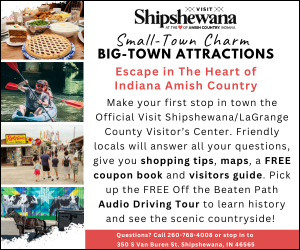
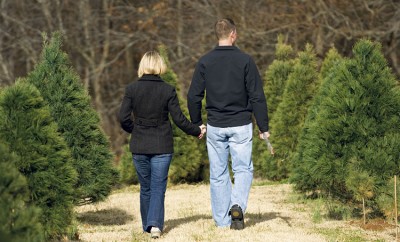
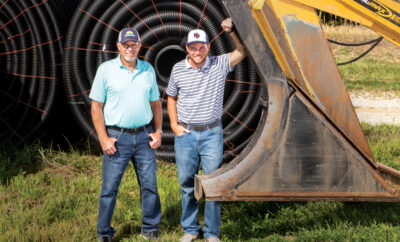
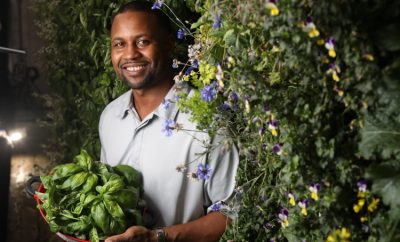
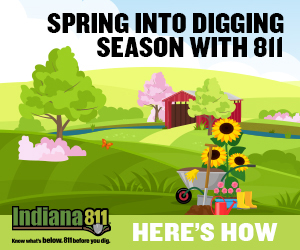
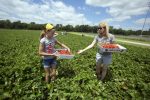
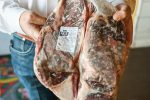
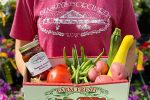


 My Indiana Home is produced for Indiana Farm Bureau members. Our mission is to connect you with the food you eat, the Indiana farmers who grow it and a rural lifestyle that is uniquely Hoosier.
My Indiana Home is produced for Indiana Farm Bureau members. Our mission is to connect you with the food you eat, the Indiana farmers who grow it and a rural lifestyle that is uniquely Hoosier.
Dallas Garrett
February 22, 2024 at 9:45 am
How can a city owned golf course get some free trees to plant? I have ventured down several avenues and have gotten sorry we cant help or the typical no reply. over the last 6 years approx. 30 trees have died and we have had to cut down. We are trying to find a program that will help point us in the right direction. If you could point me/us in the right direction that would be awesome we would like to plant 50-60 trees for the future of our course.